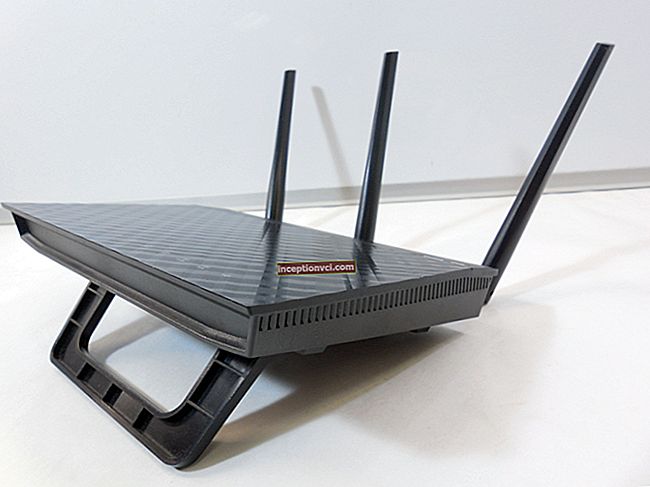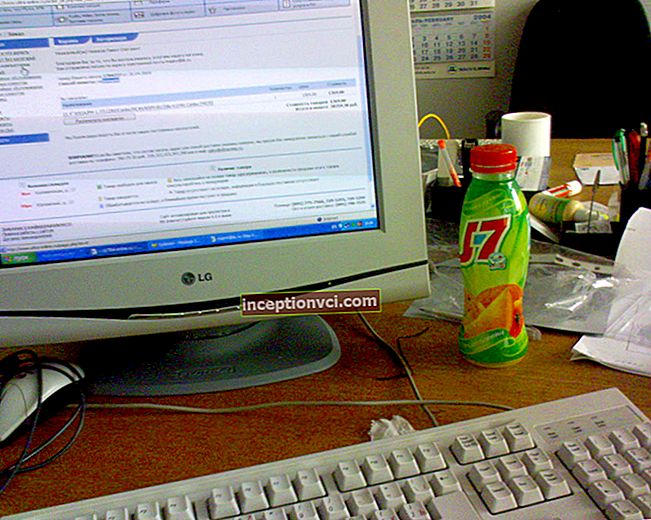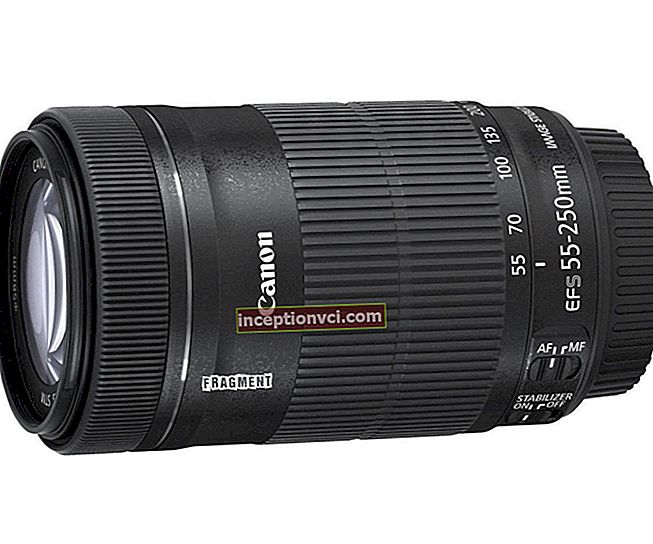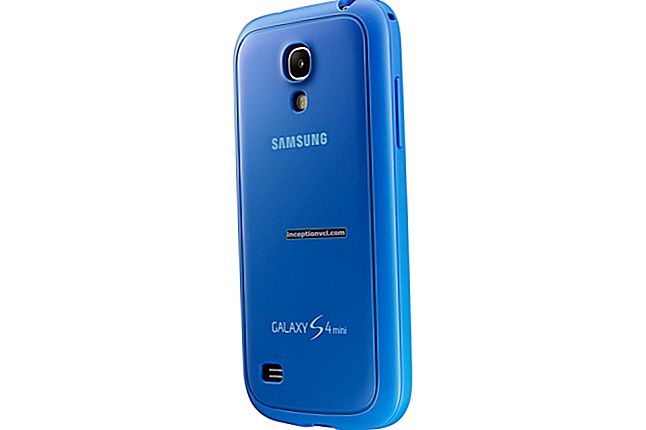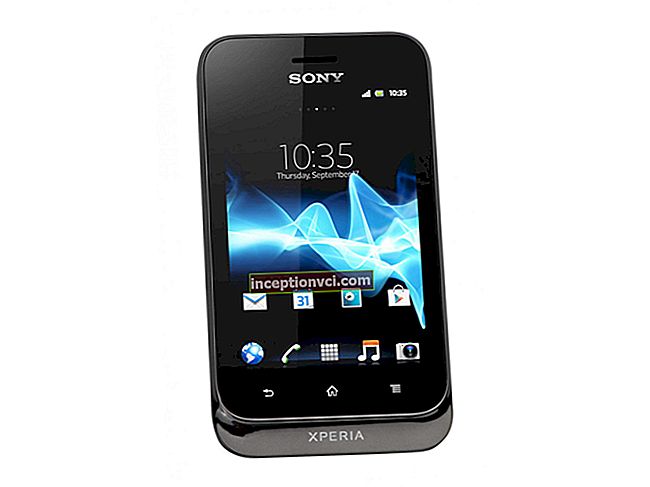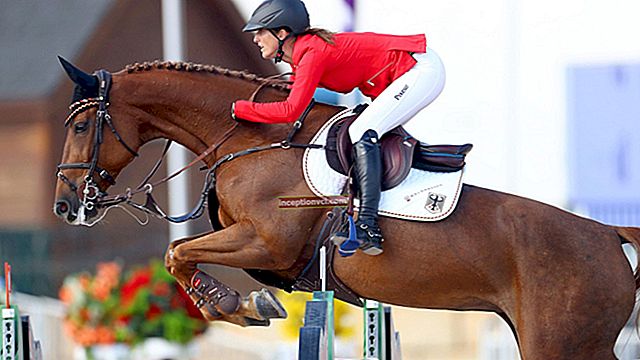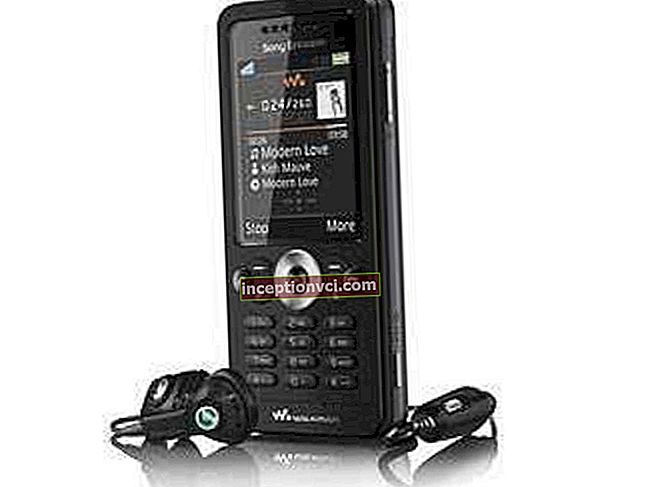How interesting it is to watch a kid collecting a picture from a variety of colored pieces! He is seriousness itself. The little one argues: “Is this here? Not! Will it fit in here? Not! Is this a spout? Yes! Where should we put our nose? " And finally everything worked out. So much pride in ourselves, so much joy in a tiny victory!
A LITTLE HISTORY
The word "puzzle" comes from the English "puzzle" - a puzzle, a riddle. There are several versions of how this entertaining mystery board game came about. And, most likely, no one can say with absolute certainty where and when the real puzzle was first assembled.
One of the versions says that in 1761. John Spilsbury, an English cartographer, decided to help children learn geography. He glued the map of Europe to a wooden base and then sawed it into many pieces of different shapes. Children, however, collecting a map from these pieces and carefully examining all its parts, memorized geographical names, locations of countries, cities, rivers and mountains. Moreover, this happened during an exciting lesson, that is, as if by itself. The students probably liked this training very much.

Puzzle cards began to be very popular, even though their cost was very high. For many years, puzzles were used only as didactic teaching material. In addition to various geographical maps, chronological tables of the years of the reign of British kings and queens were even put on them.
And only at the beginning of the twentieth century, cut pictures also acquired an entertaining character. In just a few years, they have become the most fashionable salon hobby. Puzzles were made from expensive types of wood. The pictures depicted a variety of biblical and historical events, landscapes, portraits. Such mosaics were very expensive, and only rich people allowed themselves such entertainment.
In 1909. the usual "puzzle-locks" appeared - they were invented by the American B. Parker, who a little later created a factory that exclusively produces puzzles.
The boom in popularity of the puzzle game came in the 30s of the twentieth century. By this time, they had already begun to make jigsaw puzzles from cardboard, which made them much cheaper and made affordable entertainment. In the United States, they even organized various team competitions for the speedy collection of puzzles from several thousand pieces.
However, in our time, interest in puzzles does not wane.
 Step Puzzle Golden Episode 8
Step Puzzle Golden Episode 8
WHAT IS THE USE?
Previously, jigsaw puzzles were only considered a toy for children over three years old. However, rest assured, even one and a half year old toddlers can easily cope with small, simple puzzles. You just need to choose a picture that is suitable in size and quantity of details and demonstrate to the little genius how a large and beautiful image is obtained from scattered parts.
From time to time you can hear that jigsaw puzzles are an unnecessary and useless exercise. But this is very far from the truth: such a puzzle develops a child's intelligence in several directions at once, and absolutely without tension and fun.
First of all, puzzles develop visual-figurative thinking. And even if a two-year-old baby still cannot think in whole images, even if for him a piece of the picture is not particularly different from the whole, assembled image, we want to develop the baby, we try to make him master the necessary skills on time. This means that it is never too early to start playing such a puzzle. And by the way, it's never too late.
Of course, visual-figurative thinking can be developed in other ways, for example, by offering the kid to sculpt and draw, build houses or lay out patterns from cubes, collect various models from constructors. However, among all such interesting and useful activities, puzzles are far from the last place.
Collecting a split picture, the baby learns to think logically, trains imagination, memory, spatial perception. In order for the picture to come together, the little creator will have to learn to turn the image over in his mind, to distinguish elements by size, shape and color.Perseverance, the ability to concentrate, patience, and the ability to complete what has been started to the end are of no less importance. Not to mention the development of fine motor skills and coordination of movements - these are generally paramount tasks at an early age. And the puzzle can be of invaluable service to the little one. After a while, you yourself will notice with amazement that the child's naughty fingers after the game become more skillful and learn to perform complex actions.
 Larsen Panda
Larsen Panda
SO DIFFERENT
A few years ago, it was almost impossible to purchase a puzzle game for the youngest children. Everything that was offered in stores and markets was not at all suitable for babies due to the small size of the parts and their large number. A crumb cannot cope with such mosaics. Therefore, mothers-needlewomen made homemade puzzles for their little ones, cutting pictures or postcards into 2-4 parts. Now the situation has changed radically. Educational toy stores are inundated with all kinds of puzzles for all ages. You can easily find cardboard puzzles, foam rubber, wood, foam rubber, volumetric and flat, small and large, puzzle mats and puzzle books.
What will suit your baby as the very first puzzles? When choosing a puzzle for a child, we advise you to pay attention to the quality of the game, to the size and number of elements, to take into account the child's sympathy for certain images or fairy-tale characters. Puzzles for the smallest ones should consist of a maximum of six sufficiently large pieces. Better yet, if you find a puzzle with just two to four pieces. It is very convenient if they are laid out in a frame-tablet.
It is worth paying special attention to the material of the game. The cardboard from which it is made must be thick and not bend. Wooden puzzles should not have jagged edges on the side cuts. Children often stop being interested in mosaics precisely because of their poor quality. After all, if the rough joints of the elements do not connect well with each other, then this will unbalance not only the impatient child, but also the adult.

The drawing should be chosen large, understandable and bright, with a minimum amount of small details, certainly kind, evoking emotions in the crumbs. For very young children, images of animals and toys are well suited, for older children - heroes of their favorite fairy tales and cartoons, cars, as well as other subjects of interest to them. It is best to go shopping for a new puzzle with your baby. Let him choose what he likes.
When the child will easily master simple puzzles, complicate the drawing, increase the number of elements. By the age of 2.5-3, most children with whom they began to collect cut pictures in early childhood can easily assemble jigsaw puzzles consisting of 24 or more components.
And then there are puzzles with educational pictures. Modern manufacturers, apparently, again return to the original idea of the cognitiveness of this game. For grown up clever and clever people, puzzles with maps of the continents and the whole world, counting and alphabet are issued. Little fans of astronomy will be delighted with puzzles with constellations and planets, young biologists will have fun collecting pictures and studying the living inhabitants of the forest, pond, sea, memorizing animals from different continents, mastering the structure of their own body.
There are also a lot of games based on puzzle technology for kids. Their essence is to find mothers for babies, to select houses for animals, to match geometric shapes, colors, etc. All this variety from simple fun turns puzzles into an excellent educational tool.

Boikido Double-sided puzzles "ABC"
TEACHING A BABY TO PLAY Puzzles - although a toy, but not at all the one that the baby can master on his own.You have to teach him the basics, show him how to pick up and connect the pieces together, otherwise after five minutes of vain attempts, the kid will abandon the puzzle and hardly want to return to it anytime soon. So treat the child with understanding, be patient, do not demand or expect quick results from him, but simply play with him and rejoice from the bottom of your heart even the most insignificant victories. This applies only to 1.5-3 year old children. If this is the first time you offered a puzzle to a grown-up child, then, most likely, he will be able to figure it out on his own. Start with the easiest. First, collect the picture yourself in front of the little one, commenting on your actions along the way. Then, together with the baby, consider the image, pay attention to all the details, come up with a little fairy tale, coloring it with positive emotions. This will additionally interest the baby in the game, and will also contribute to the development of his speech. Now you can proceed directly to training. Take out one or two elements from the assembled picture, put them side by side, and invite the child to find the place where these fragments stood. If it is difficult for him, tell me. For example: "Look, the cat is missing a tail! The cat is crying. Let's help him, find the tail and put it in its place!" When the necessary fragment is found, you should show the baby how to correctly connect the pieces to each other. Let him hold the element in his hand, and you help him by first connecting the convex part and the hole, and then lowering the whole piece into place. In no case should this important moment be missed, because without learning how to connect the fragments, the baby will not be able to move on. Practice a little to master the skill. At first, you can pick up puzzles in which there are no fastening "locks", but it is the classic mosaics that are good for the development of fine motor skills. And it is very difficult for naughty children's fingers to accurately combine puzzle elements if they are not fastened together. He moved a piece a little - and the drawing no longer matches. A couple of such failures, and the hunt to mess with puzzles will disappear for a long time. When your child is confident and good at coping with the task, you need to invite him to collect the entire picture. Do not forget to help your baby in case of difficulties. He should hear your approval and praise, feel that everything is working out for him. It's not scary if, having memorized the assembly order, the baby collects the picture several times in a row. Such actions are very important for his self-esteem, give him a sense of self-confidence. After all, it is so important for a child to feel skillful and dexterous. And besides this, the little one develops memory, remembering the location of the pieces. Tiny Love Puzzle "Caterpillar" A MASTER OF HIS WORK As the baby grows up, his games become more complicated. More complex puzzles should appear in the game's arsenal of crumbs - with more details and smaller ones. It often happens that easily dealing with large "baby" puzzles, when playing with slightly more complex mosaics, the baby gets lost and he just can't get the picture together. In this case, you will have to come to his aid again. But just a little bit. A grown-up toddler collects puzzles a little differently than a tiny toddler. If the crumb, collecting the pieces of the mosaic, mainly focuses on their geometry, then for older children, the picture is paramount. They do not pick the pieces of the puzzle by the shape of the ledge, but look for the missing pieces of the image on the pieces. Making a cut picture, everyone uses their own way. You can tell the child several options, and let him choose the one that is more convenient for him, or even invent his own way. First of all, turn all the pieces upside down. Then draw the child's attention to the corner pieces. You can start assembling a picture from them by folding the picture frame first.If the puzzle consists of a large number of elements, it makes sense to disassemble them according to their shades (for example, select separately the pieces with the sky, separately - green grass, etc.) and put them into piles. Then you will have to search for the desired fragment in your group, which is much easier. Most often, children like to collect the central figures of the picture. This is both more interesting and easier for them. It's okay, this is also possible: collect several fragments separately, and then put everything together. Ravensburger Ball Puzzle - World Map MOTIVATION It so happens that when he first picks up a puzzle, the kid refuses to play with a new toy, scatters elements or is not interested in them at all. Don't be upset. Just put the puzzle aside for a while, and then try again to get the child interested in it. It doesn't matter that the girl who lives next door has long been putting together complex pictures, and your restless toddler is only pouring pieces of the puzzle out of the box, there is not enough for more. All children are different. One can be engaged in some painstaking work (sculpt, paint) for an extremely long time, while the other will not sit still for a second. Perhaps the time for puzzles will come a little later for you. The main thing here is not the result, but the pleasure that the baby receives from the creation. Alternatively, you can try to assemble the puzzle in front of your child. He will be interested in what mom or dad is doing, and may want to help you. You can attract his attention by asking: “Oh, I can't collect something! Maybe you can teach me? " Or: “I don’t know which fragment to put here! Can you tell me? " It happens that kids do not want to collect puzzles on their own, but they do it with pleasure with dad or mom. In this case, the distribution of "responsibilities" will be useful. Let's say a baby collects a bear figurine, and mom collects a tree trunk and the sky. Then we connect everything together. You can buy two identical boxes with puzzles and even arrange a competition: who will complete the puzzle faster - dad or baby with mom. Or maybe your little one is already so good at dealing with these colored pieces that he himself can compete with any adult? Or maybe the kid will like the idea of not just putting together a puzzle, but turning it into a picture, which you will then present to your grandmother or hang on the wall in the nursery. To do this, the assembled mosaic is glued with special glue to plywood or cardboard of a suitable size, and varnished on top. You can also add a homemade frame. The masterpiece is ready! Sometimes, after a period of enthusiasm for puzzles, the baby throws them for a long time. Periodically, interest flares up, then fades out again. This is also completely normal. We ourselves sometimes "catch fire" with some new business, and soon we "cool down" to it. And it so happens that the kid refuses to collect not the puzzle at all, but this particular image. Well, he is not interested in it! And here is another interesting picture - with great pleasure! For example, a toddler may remain indifferent to an illustration from a fairy tale with cute and cute animals proposed by his parents, but he will simply be delighted with a picture with cars, space or dinosaurs. Be sure to consider this. But even if none of your tricks and efforts have been crowned with success - the child does not want to collect puzzles - this is also not a cause for concern. Do not forget that each toddler is an individuality, personality. And he has the right to love something and not love something. There are tons of adults in the world who hate puzzles. Why, then, do you demand this from your baby? This means that there will certainly be another interesting and useful occupation for him. And remember that for a kid, puzzles are not only an entertaining and developing activity, but also a great opportunity to play and chat with their beloved dad and mom. The child will grow up, and the pictures he collects will become more complex.And maybe one day your whole family will get together and will conjure over the numerous scattering of colorful pieces, creating a common masterpiece ... 



